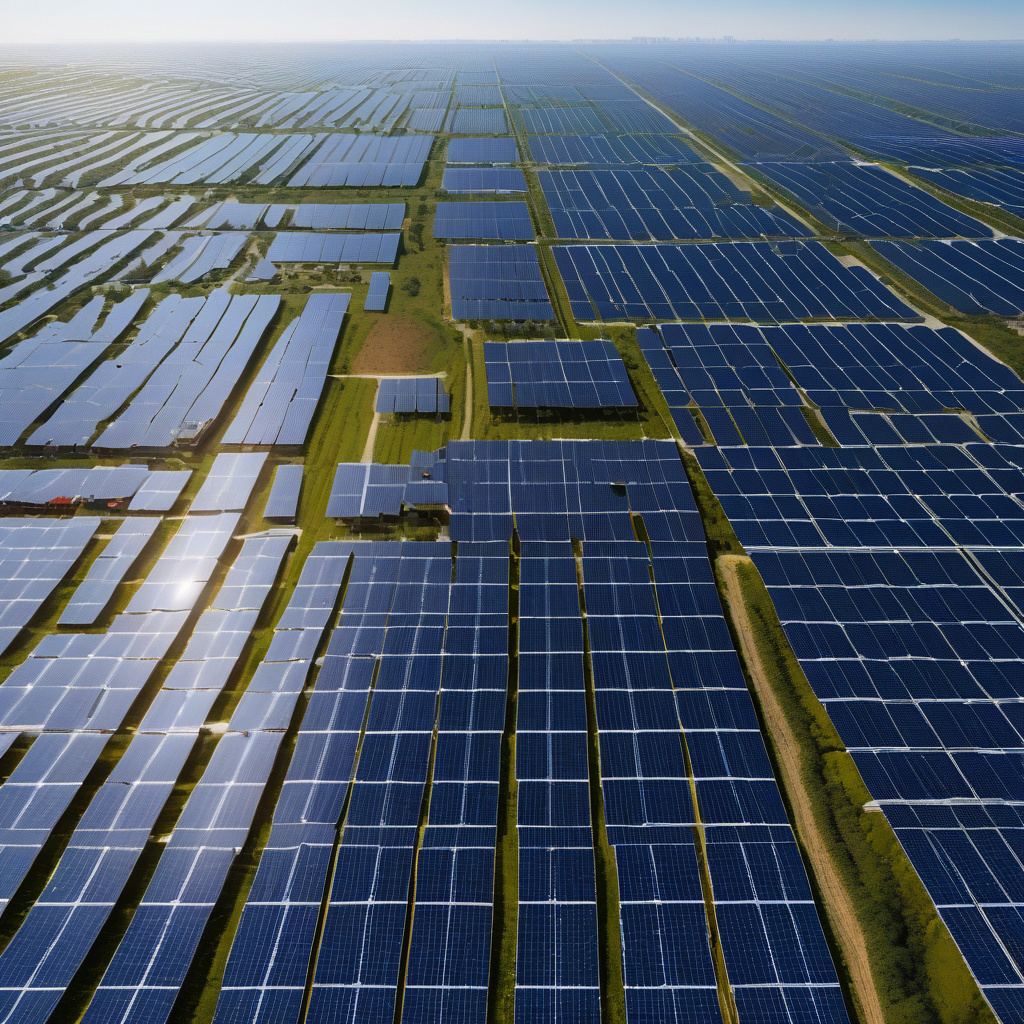370,000 Solar Panels to Grace One of World’s Largest Hybrid Fishery Farms in China
An ambitious fishery-solar farm hybrid in China is now fully connected to the grid. The project, which integrates solar panels with a fishery farm, is a groundbreaking initiative that aims to revolutionize sustainable food production and renewable energy generation simultaneously. With 370,000 solar panels adorning the facility, it is set to become one of the largest of its kind globally.
This innovative venture is located in the eastern Chinese province of Anhui. By combining aquaculture with solar energy production, the project maximizes land use efficiency and offers a dual-purpose solution to land scarcity issues. The solar panels not only generate clean energy but also provide shade that helps maintain the water temperature for the fish, creating an ideal environment for their growth.
The integration of solar panels into fishery farms is a prime example of agri-voltaics, a concept that involves co-developing the same area of land for both agricultural and solar photovoltaic power production. This approach is gaining traction worldwide as countries seek ways to meet the increasing demand for food and energy sustainably.
The benefits of such hybrid systems are manifold. Firstly, by utilizing the same land for two purposes, the overall land footprint required for food and energy production is reduced. This is particularly crucial in densely populated countries like China, where arable land is limited, but the need for food and energy continues to grow.
Secondly, the synergy between solar panels and fish farms is advantageous for both sides. The fish benefit from the shade provided by the panels, which helps regulate water temperature and reduces stress levels, leading to healthier and more productive fish. At the same time, the solar panels operate more efficiently due to the cooling effect of being placed above water, enhancing their energy output.
Moreover, the renewable energy generated by the solar panels can power the operations of the fishery farm, making it more self-sufficient and reducing its reliance on traditional grid electricity. This not only cuts operational costs but also lowers the carbon footprint of the entire facility, contributing to environmental conservation efforts.
The successful completion of this massive project underscores China’s commitment to promoting renewable energy and sustainable agriculture. By embracing innovative solutions like the fishery-solar farm hybrid, the country is setting an example for others to follow in the transition towards a greener and more resilient future.
As the world faces the challenges of climate change and food security, initiatives that combine agriculture with renewable energy offer a ray of hope. The integration of solar panels into fishery farms represents a significant step towards achieving food and energy security in a sustainable manner.
In conclusion, the 370,000 solar panels adorning one of the world’s largest hybrid fishery farms in China mark a milestone in the intersection of agriculture and renewable energy. This pioneering project not only showcases the potential for innovation in sustainable food production but also highlights the importance of thinking outside the box to address the dual challenges of feeding a growing population and combating climate change.
#SolarEnergy, #FisheryFarm, #SustainableAgriculture, #RenewableEnergy, #GreenInnovation












